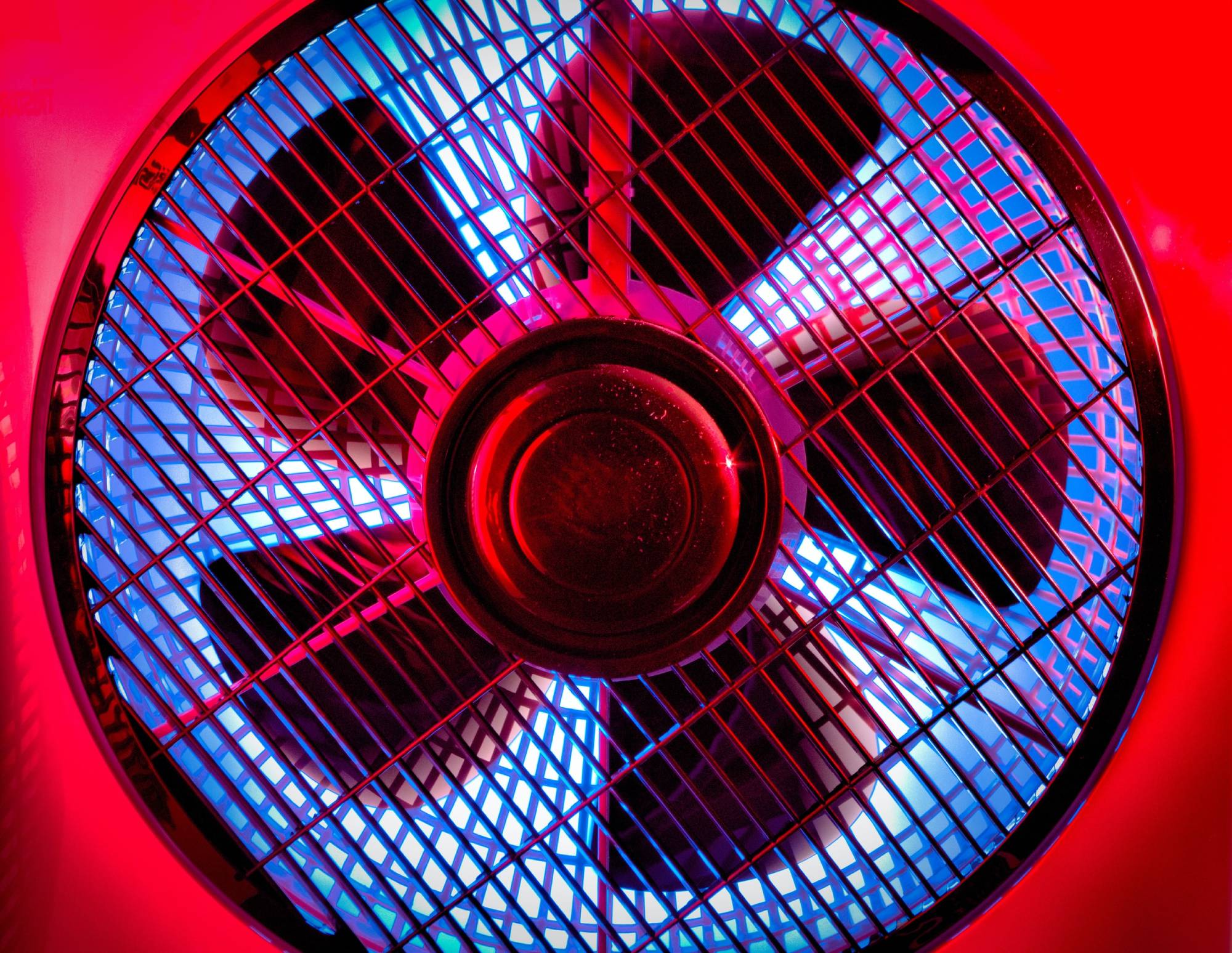

Wildfires have been raging throughout the West Coast of the US for two months now. Recently, the smoke was so dense it was visible from outer space and rapidly moved east, while people posted orange-tinted skies on social media.
But regardless of how pretty highly contaminated sunsets are, wildfire smoke has serious consequences for your body. No matter where you live, it might be a good time to get (or make) an air purifier.
Smoke is not your regular smog
Fires like the ones scorching California burn not only trees but also houses, cars, and anything inside them. This makes the resulting smoke particularly problematic.
“The burning of all of those materials releases a huge number of chemical contaminants into the air, which can be incredibly toxic,” says Krystal Pollitt, a public health expert in air pollutants and indoor environments at Yale’s School of Public Health.
Particles in the smoke can be 30 times smaller than the diameter of a human hair, which allows them to get deep into your lungs if inhaled. As they accumulate there, they can swell your respiratory tract and cause health issues that range from a cough and a runny nose, to headaches, dizziness, shortness of breath, or fatigue. If this particulate matter penetrates your lungs, it can travel through your bloodstream and into your heart, provoking even more serious complications.
They can worsen illnesses like arteriosclerosis, increase heart palpitations, or even raise the chance of stroke for those with underlying health issues, says Stephanie Christenson, a pulmonary disease specialist and assistant professor at the University of California. This is why hospitalizations for heart disease rise during wildfire season, she notes
If you’re living near one of these destructive events, or if the resulting smoke has reached your area, check AirNow, a website showing live data on the air quality across the US. On the map, zoom in on your town, click on the square or circle closest to your home, and pay special attention to the NowCast AQI index, as this number tells you how safe the air is in your area.
If you’re generally healthy, an AQI index near or above 150 should prompt you to get a filtering device, Christenson says. If you have a respiratory condition, a history of coronary disease, or elderly people or children living in your home, you’ll need to take action when that number approaches 100.
What to look for in an air purifier
There are hundreds of purifiers on the market that can filter virtually every type of contaminant out of the air in your house. When buying one, you should make sure it has a HEPA filter, which can eliminate particles as small as 0.3 microns in size. The area of the room you’ll be placing it in is also important, as this will determine the price of the gadget. Air purifiers designed for spaces between 100 to 150 square feet can range from $60 to $80, but if you want more coverage, the price can shoot up to $800. If your area has already been hit by shortages—or if the pandemic made a dent in your budget—you can make your own with cheap and readily available materials.
A warning though—DIY air purifiers aren’t as efficient as store-bought ones. You can’t get HEPA filters from retailers, so your homemade purifier will only be as good as the filter you use, Pollitt explains. She recommends getting one rated 14 or higher in the MERV rating, the official scale used by the American Society of Heating, Refrigerating, and Air Conditioning Engineers. It will filter up to 80 percent of potentially dangerous particles, whereas anything under MERV 10 will perform dramatically worse.
Build your own air purifier

The concept behind any air purifier is the same: a fan captures the air and filters it before releasing it back to the room. Making your own is simple, but if you’re looking for a challenge, consider turning this motion-sensing fan project into an energy-saving air purifier.
Stats
Time: 10 minutes
Material cost: as low as $30
Difficulty: easy
Tools
- Duct tape or extra-large rubber bands (big enough to go around the fan)
- Scissors
Materials
- A 20-by-20-inch box fan
- An air filter about the same size, ideally 2 inches thick
Instructions
1. Measure your filter. Make sure it fits snugly against your box fan.
2. Secure the filter using duct tape or rubber bands. For best results, you’ll want to tape each side separately, instead of going all the way around the fan. If you’re using rubber bands, secure them around both the filter and the fan.
- Note: Air will always choose the path of least resistance, so be extra careful while attaching the filter onto the box fan. If there is any space between them, unfiltered air will squeeze through it.
3. Place your air purifier wherever you spend most of your time. If the air quality is bad, you might want to build several filtering devices and place one in every room.
- Tip: Help keep air quality at its best by leaving windows closed and not lighting candles or any kind of fire. You should also do your cleaning with a wet mop, and avoid vacuuming as this will release even more particulate matter into the air.
4. Check and change the filter when needed. How often you do this will depend on how much you use your air purifier, where you place it, and how polluted the air in your area is. They will usually last for approximately six months, but if the filter is grey and visually dirty, you’ll know it’s time to change it.
